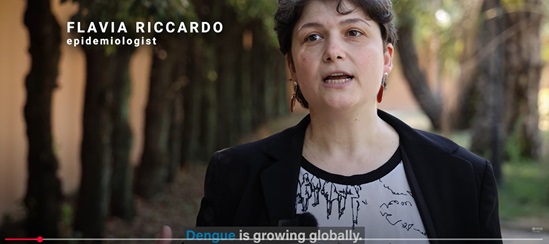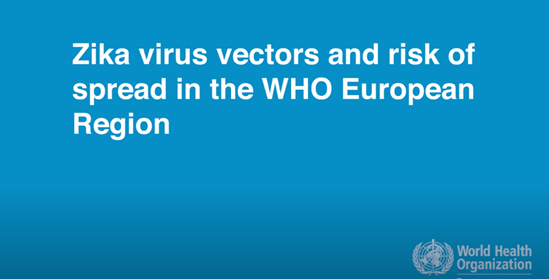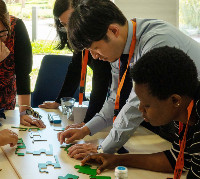Vector-borne and parasitic diseases
WHO works to reduce the burden of vector-borne and parasitic diseases, and eliminating them where feasible, by providing strategic guidance and technical assistance, building capacity, strengthening operational research, promoting cross-border cooperation (involving WHO/Europe and the WHO Regional Office for the Eastern Mediterranean) and enhancing intersectoral collaboration. It supports the development and scaling up of strategies and partnerships to achieve these goals at the regional and national levels. It works for:
- malaria elimination;
- surveillance and control of invasive vectors and re-emerging mosquito-borne diseases;
- control of leishmaniasis;
- control and prevention of soil-transmitted helminthiases; and
- promotion of the use of sustainable vector-control alternatives to persistent insecticides based on the principles of integrated vector management.
This work supports the implementation of the Tashkent Declaration: “The Move from Malaria Control to Elimination” and World Health Assembly resolutions WHA54.19, WHA55.17, WHA60.13, WHA63.25 and WHA63.26 on the prevention and control of soil-transmitted helminthiases, dengue and leishmaniasis, and the improvement of health through safe management of waste and obsolete chemicals, respectively.









